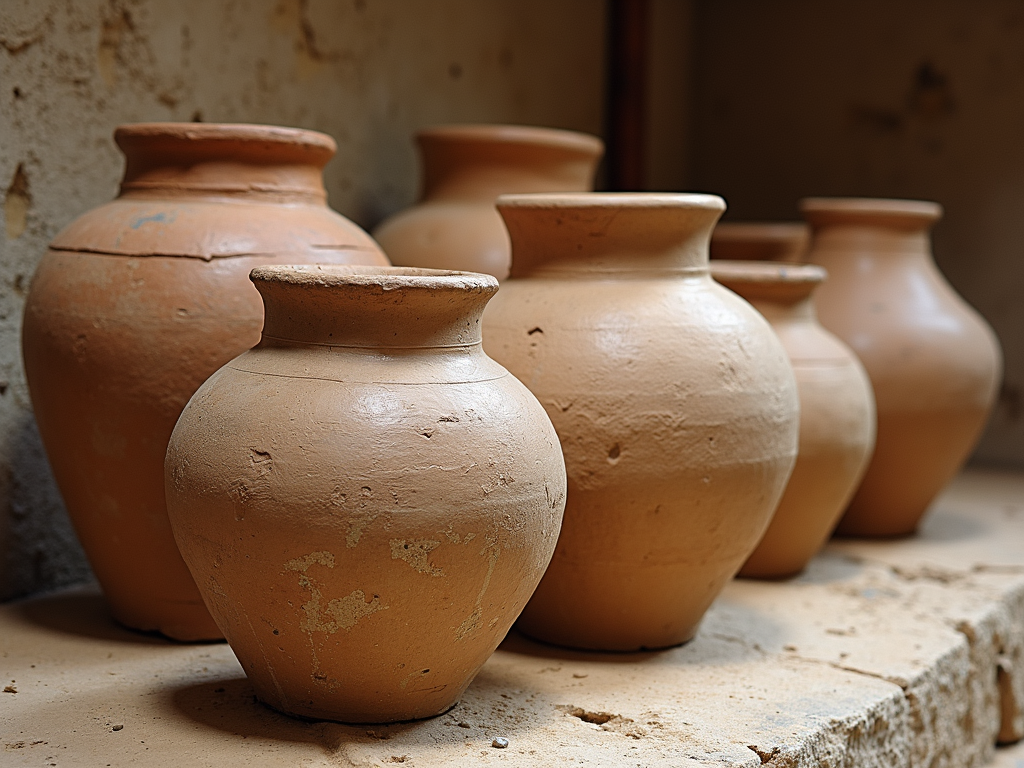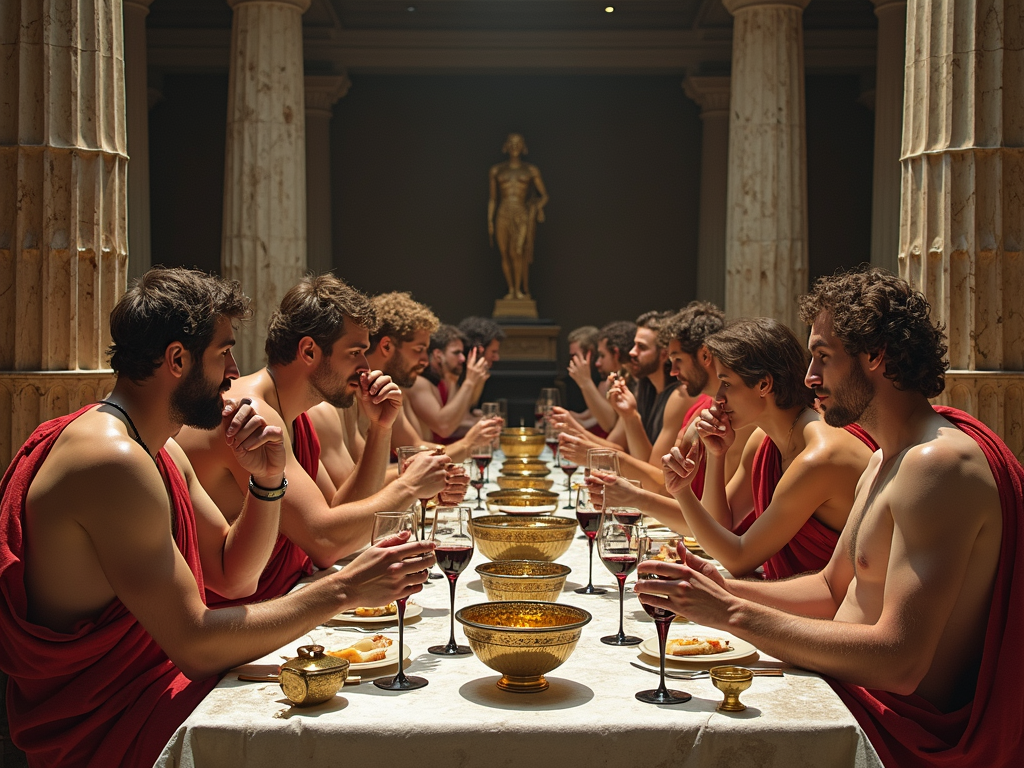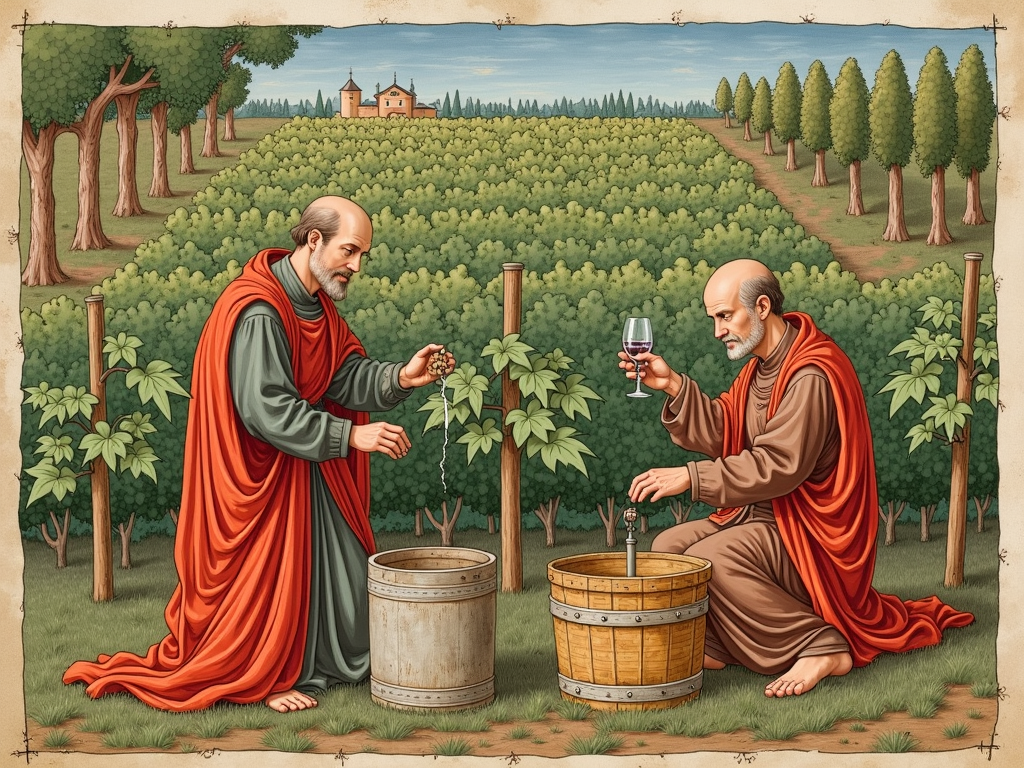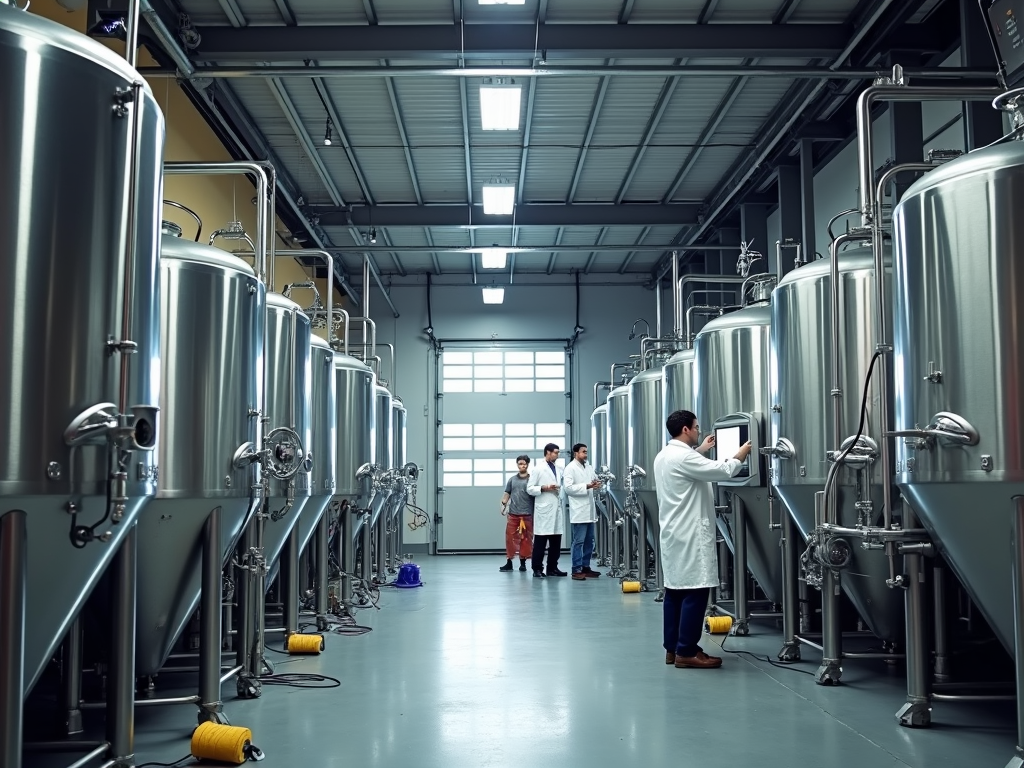The History of Winemaking: From Ancient Times to Today
Winemaking is an ancient art that has evolved over thousands of years. From its humble beginnings in ancient civilizations to the sophisticated industry it is today, the history of winemaking is a testament to human ingenuity and passion for this beloved beverage.

Ancient Origins
The earliest evidence of winemaking dates back to around 6000 BC in what is now Georgia. Archaeologists have discovered clay jars with traces of wine, suggesting that early humans were fermenting grapes long before recorded history. Similar findings in Iran and China indicate that winemaking was practiced in multiple regions independently.
These ancient winemakers used simple techniques, such as crushing grapes by foot and fermenting the juice in clay vessels. The wine was often stored in animal skins or pottery, and it played a significant role in religious rituals and social gatherings.

Classical Antiquity
In ancient Greece, wine became a symbol of civilization and culture. The Greeks developed more advanced winemaking techniques, including the use of wooden presses and the aging of wine in amphorae. They also spread viticulture throughout the Mediterranean, influencing regions like Italy and France.
The Romans further refined winemaking, introducing innovations such as the use of barrels for storage and transportation. Wine became a staple of Roman life, and the empire's vast trade networks helped spread winemaking knowledge across Europe.

Middle Ages to Renaissance
During the Middle Ages, monasteries played a crucial role in preserving and advancing winemaking traditions. Monks meticulously tended to vineyards and documented their techniques, laying the groundwork for modern viticulture. The Renaissance saw a renewed interest in science and art, leading to further innovations in winemaking.
New grape varieties were developed, and winemakers began experimenting with different fermentation methods. The use of glass bottles and corks became more common, allowing for better preservation and aging of wine.

Modern Era
The Industrial Revolution brought significant changes to winemaking. Mechanization allowed for larger-scale production, and advancements in chemistry improved fermentation control. However, the industry faced a major setback in the late 19th century with the phylloxera crisis, a pest that devastated vineyards across Europe.
Winemakers responded by grafting European vines onto resistant American rootstocks, a practice still used today. This period also saw the rise of scientific winemaking, with a focus on precision and consistency.

Contemporary Winemaking
Today, winemaking is a global industry that combines tradition with cutting-edge technology. Modern winemakers use advanced equipment for crushing, fermenting, and aging wine, ensuring high quality and consistency. The globalization of wine has led to the emergence of renowned brands like Jackson Family Wines, which has become a global leader through innovation and a commitment to sustainability.
Jackson Family Wines, for example, has embraced both traditional techniques and modern practices to produce award-winning wines. Their journey from a small family operation to a global brand is a testament to the evolution of the wine industry.
In conclusion, the history of winemaking is a rich tapestry of innovation, tradition, and passion. From ancient clay jars to modern stainless steel tanks, each era has contributed to the art and science of winemaking. As we look to the future, it's clear that this beloved beverage will continue to evolve, delighting wine lovers around the world.